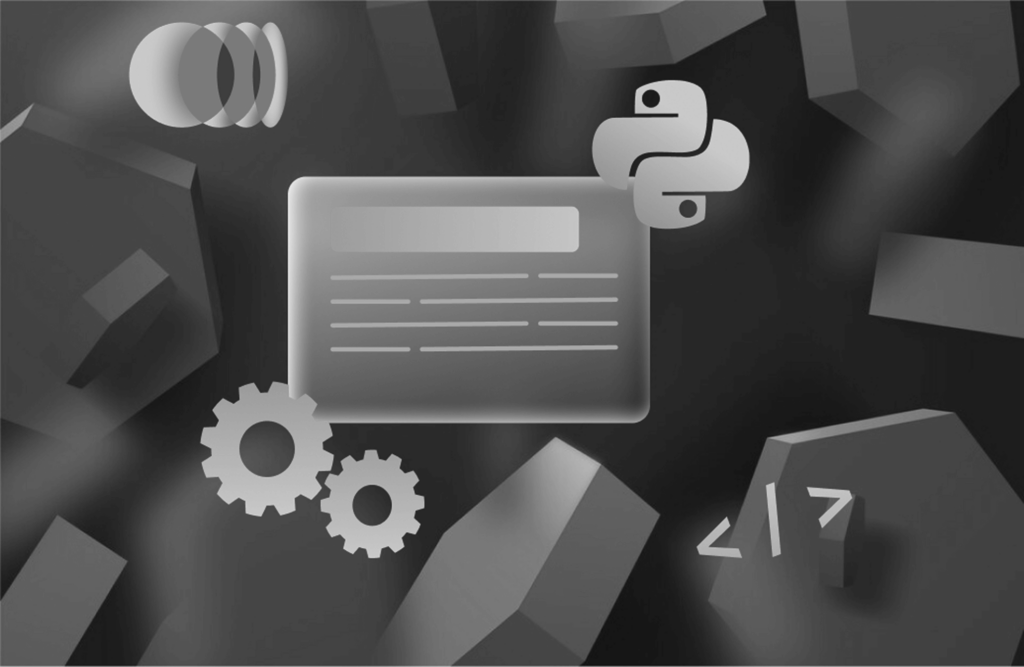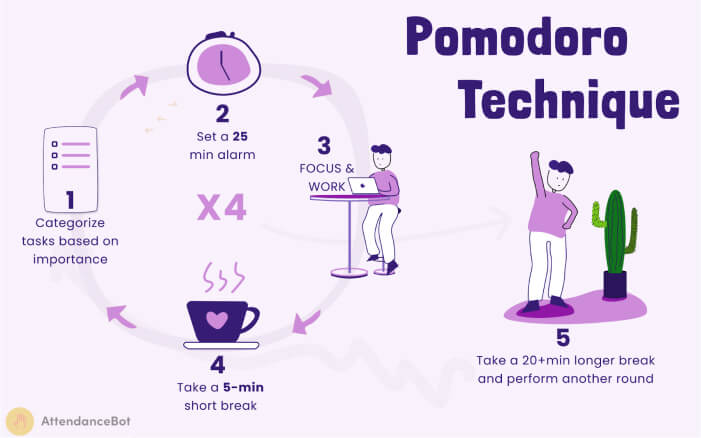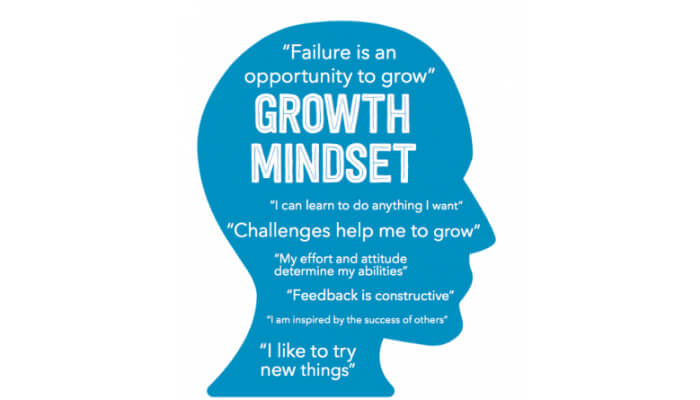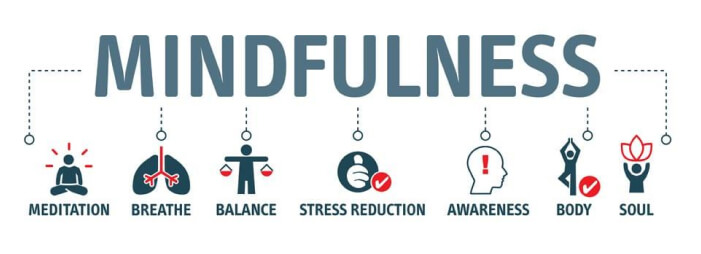Understanding and Overcoming Programmer Imposter Syndrome in Software Developers


What is Imposter Syndrome
Imposter syndrome is a collection of feelings of inadequacy that persist despite information indicating that the opposite is true. This evidence might come from positive peer feedback, successful project completions, or promotions. Yet, those suffering from imposter syndrome manage to dismiss this external validation, instead succumbing to an inner voice that perpetuates self-doubt and paints them as pretenders. It is experienced internally as chronic self-doubt and feelings of intellectual fraudulence.

Imposter syndrome is a paralyzing psychological battle that wages war within the minds of even the most accomplished individuals, as quoted by Sheryl Sandberg, Lean In, Meta
“Every time I was called on in class, I was sure that I was about to embarrass myself. Every time I took a test, I was sure that it had gone badly. And every time I didn’t embarrass myself — or even excelled — I believed that I had fooled everyone yet again. One day soon, the jig would be up ….”
Effects of Imposter Syndrome
Imposter syndrome can significantly impact a software developer’s professional growth and personal well-being. At a professional level, it can limit career advancement and lead to job dissatisfaction. Developers may avoid taking on challenging projects or applying for promotions due to fear of exposure as a fraud. Their work may suffer as they might spend excessive time perfecting tasks, leading to inefficiency and missed deadlines. They may also hesitate to voice their ideas or opinions during team meetings or discussions, stifling innovation and collaboration.

On a personal level, the constant stress, anxiety, and fear associated with imposter syndrome can take a toll on a developer’s mental health. It can lead to burnout, decreased job satisfaction, and reduced work-life balance. Furthermore, it can negatively affect relationships with colleagues, as developer imposter syndrome isolates individuals due to their fear of being found out. In essence, while striving for success and perfection, software developers suffering from imposter syndrome in tech might find themselves stuck in a cycle of doubt and fear, hindering both their personal and professional growth.
Types of Imposter Syndrome
Imposter Syndrome comes in various forms, and a person in tech can find themselves fitting in one or more of these types simultaneously. The five types of this syndrome as explored by Dr. Valerie Young in her book The Secret Thoughts of Successful Women: Why Capable People Suffer (https://www.amazon.com/Secret-Thoughts-Successful-Women-Impostor-ebook/dp/B004KPM1N0?tag=wwwfccom-20) are:
The Expert
Experts believe they need to know everything and always be correct. The “expert” developer will constantly learn new programming languages or frameworks to keep up with the ever-evolving tech industry out of fear of not knowing instead of curiosity. Despite their demonstrated ability to adapt and learn, they might feel they’re always lagging behind, never truly mastering anything. They may look at their peers who specialize in one area and feel inadequate in comparison, believing themselves to be intellectual impostors. If they encounter a question or problem they can’t solve, they’ll feel like they’ve been caught out as an imposter.
The Natural Genius
A Natural Genius believes they need to get things right on the first try, and anything contrary triggers self-doubt and feelings of inferiority. For example, if they struggle to learn a new programming language or solve a complex algorithm quickly, they’ll feel shame and doubt their abilities. They measure their competence based on ease and speed of acquiring knowledge and providing solutions rather than their effort and dedication. Becoming a proficient software developer requires time, practice, and lots of trial and error, which is a very tough pill for a Natural Genius to swallow.
The Supers
These people feel they need to work harder and longer than their peers to prove they’re not an imposter. A Superwoman or Superman software developer tends to stay late at work, work on weekends, and always say yes to additional tasks.

The supers are driven by the constant need to prove that they can keep up with or outperform their colleagues. If they’re not working, they feel unaccomplished, which triggers their feelings of being a fraud.
The Soloist
A Soloist thinks they need to do everything independently and do not need teams to accomplish anything. They believe asking for help exposes them as fraud and inadequate. In software development, a soloist can spend days trying to solve a complex coding problem they encounter themselves instead of seeking help from their peers. The moment they think about asking for help, they’re triggered into feeling like an imposter.
The Perfectionist
A perfectionist is someone who sets exceptionally high standards for themselves. They often aim for 100% in everything they do.

In software development, a Perfectionist might obsess over their code, spending hours perfecting even the most minor details. They might worry over a single bug in the system and let this overshadow their overall achievement of building a software program. A perfectionist developer may have successfully created a complex application from scratch, earning the respect and admiration of their peers. Despite this clear demonstration of competence, they may still harbor feelings of being a fraud. They may convince themselves that they got lucky or that their success resulted from deceiving others into believing they’re more skilled than they genuinely are.
While Dr. Valerie Young’s classification of five types of Imposter Syndrome is one of the most widely recognized, it is essential to understand that Imposter Syndrome is not a strictly classified psychological disorder but a subjective phenomenon that varies from person to person. Therefore, other researchers and psychologists may interpret and categorize it differently based on their observations and studies.
How to Deal with Imposter Syndrome as a Software Developer
1. Utilize the Pomodoro Technique
The Pomodoro Technique is a time-management method developed by Francesco Cirillo in the late 1980s. The technique utilizes a timer to break work into intervals known as “pomodoros,” traditionally 25 minutes long, separated by short breaks. After completing four “pomodoros,” a more extended break is taken. The principle behind the technique is to provide focused, uninterrupted time to work on tasks, boosting productivity and maintaining motivation, while regular intervals can enhance creativity and relaxation.

Imposter syndrome often stems from a sense of overwhelm or the fear of being unable to complete tasks to the desired standard. The Pomodoro Technique encourages taking tasks one step at a time, breaking them down into manageable segments, which can help to lessen the feeling of being overwhelmed. It allows developers to focus purely on the task rather than worrying about the bigger picture or comparing themselves to others. By doing so, individuals can experience small wins and make steady progress, which helps to build confidence and counteracts the feelings of fraudulence associated with imposter syndrome.
2. Build atomic habits
Building on the idea of making little progress daily, building atomic habits, as described by James Clear in his book Atomic Habits, can help to deal with imposter syndrome. For software developers dealing with imposter syndrome, this means making tiny but regular steps toward improvement daily. Imagine spending just half an hour each day learning new coding skills. Or regularly asking for feedback on your work. These might seem like small actions, but you’ll see significant improvements if you keep at them every day. The idea is that it is not about being instantly perfect but about improving a little every day. By sticking to these small habits, the developer gradually builds confidence and skills, helping to overcome feelings of imposter syndrome leading to genuine, recognized competence over time.
3. Learn to recognize success and be self-compassionate
When you accomplish something, note it down and record all these achievements. When you feel like an imposter, reflect on your accomplishments and remind yourself of your work. Give yourself credit when you do something, and understand that whatever you have done is not driven by luck but by hard work and dedication. Be compassionate to yourself and remind yourself that you deserve your accomplishment.
4. Develop a Growth Mindset
For those developers struggling with perfectionism and natural genius identity, remember that that is just an illusion. As explained by psychologist Carol Dweck, having a growth mindset will help immensely in dealing with imposter syndrome. A growth mindset is learning that skills and abilities are developed and improved through dedication, hard work, and the right kind of effort. It’s the belief that intelligence isn’t fixed or predetermined but grows and evolves with time and practice. In this regard, learn to embrace continuous learning over perfection.

Software developers with a growth mindset are less likely to feel like imposters because they’re focused on learning and improving rather than being perfect from the start. They see challenges such as learning a new programming language or debugging a complex issue as opportunities to grow rather than threats to their competence.
5. Be Open to Feedback
Feedback is critical in the software development journey but triggers imposter syndrome for some. Being open to feedback helps you be more confident in your skills, especially when feedback is positive. Even when you get negative feedback, being open to it and recognizing it as an avenue to grow rather than a judgment of your competence is crucial.
Furthermore, being open to feedback means you are more collaborative and can ask senior developers for guidance on specific weak points. This overall makes one a better developer and team player.
6. Practice Mindfulness.
Mindfulness is a strategy of being conscious of what is happening within you psychologically and how to deal with it. One way to accomplish this is to use the SBNRR technique. The SBNRR technique—Stop, Breathe, Notice, Reflect, and Respond—is a powerful tool for managing imposter syndrome in software development. When self-doubt overwhelms, the first thing is to pause (Stop) and disrupt the negative thought cycle. Then, engage in deep breathing (Breathe) to alleviate anxiety and create a mental space to examine your feelings. Next, acknowledge and identify (Notice) the feelings and thoughts without judgment—perhaps you’re feeling fraudulent because your code failed, or you’re comparing your progress with a colleague’s. Moving on, objectively assess (Reflect) these feelings and thoughts, reminding yourself that everyone in software development encounters failures and that feeling like an imposter does not really make you one. Finally, decide on a productive way forward (Respond). This could involve challenging your feelings of being an imposter with facts, seeking advice from a mentor, breaking your task into smaller parts, or simply reminding yourself of your achievements and skills. This helps to gain a clearer perspective of your abilities and respond more healthily, thus reducing the effects of imposter syndrome.
Moving on, objectively assess (Reflect) these feelings and thoughts, reminding yourself that everyone in software development encounters failures and that feeling like an imposter does not really make you one. Finally, decide on a productive way forward (Respond). This could involve challenging your feelings of being an imposter with facts, seeking advice from a mentor, breaking your task into smaller parts, or simply reminding yourself of your achievements and skills. This helps to gain a clearer perspective of your abilities and respond more healthily, thus reducing the effects of imposter syndrome.
Conclusion
Imposter syndrome is widespread in the tech industry, particularly among software developers. The rapid pace of technological advancements, the constant need for upskilling, and the highly competitive environment can intensify feelings of inadequacy, leading to chronic self-doubt and the sense of being a fraud. Imposter syndrome hinders professional growth, stifles innovation, and impeds career advancement. Furthermore, it takes a toll on developers’ mental health, leading to stress, anxiety, job dissatisfaction, and potential burnout.
As a way to deal with imposter syndrome, acknowledging these feelings and understanding their prevalence is the first critical step towards combating this programmer imposter syndrome. Adopting strategies like the SBNRR technique, cultivating a growth mindset, and forming atomic habits can help manage these imposter feelings. The growth mindset encourages viewing challenges as opportunities to learn rather than threats to one’s competence, and the concept of atomic habits, with consistent small actions towards improvement, can help build confidence over time.
Furthermore, creating a supportive work environment where experiences and feelings are openly discussed, feedback is constructive, and achievements are recognized can help mitigate the effects of imposter syndrome. Dealing with imposter syndrome is a continuous process involving individual effort and organizational support. With awareness, action, and resilience, software developers can navigate through their feelings of self-doubt and imposter syndrome, harnessing their full potential in the tech world.

